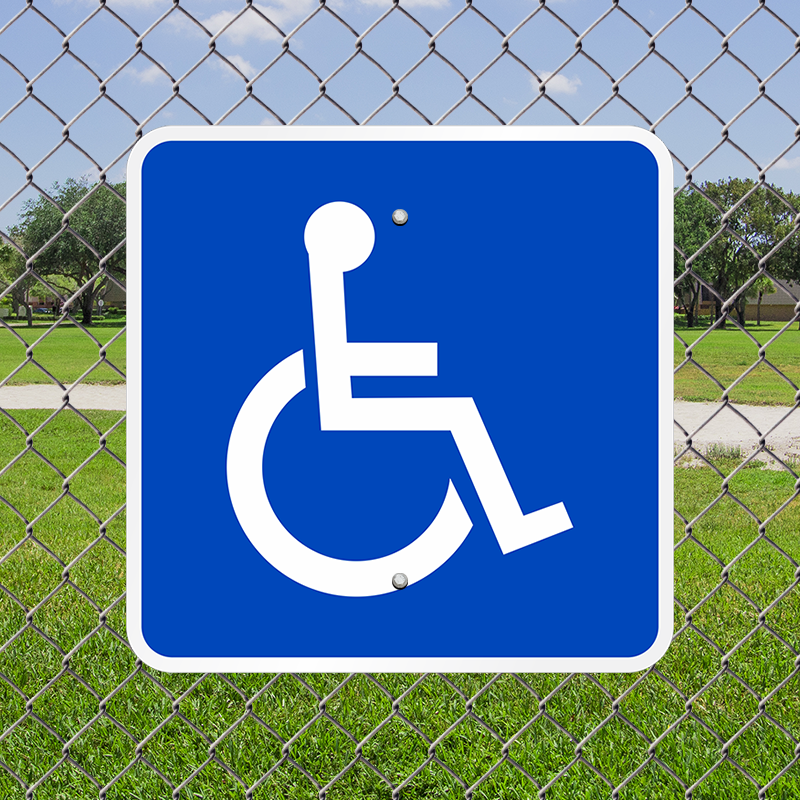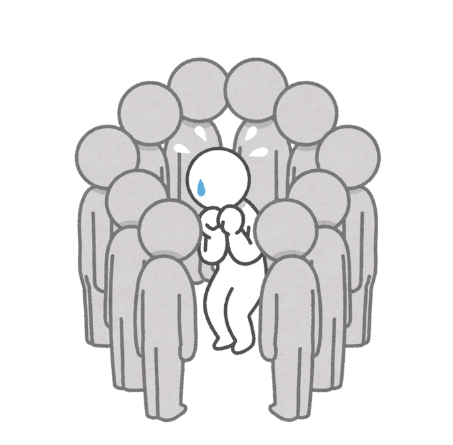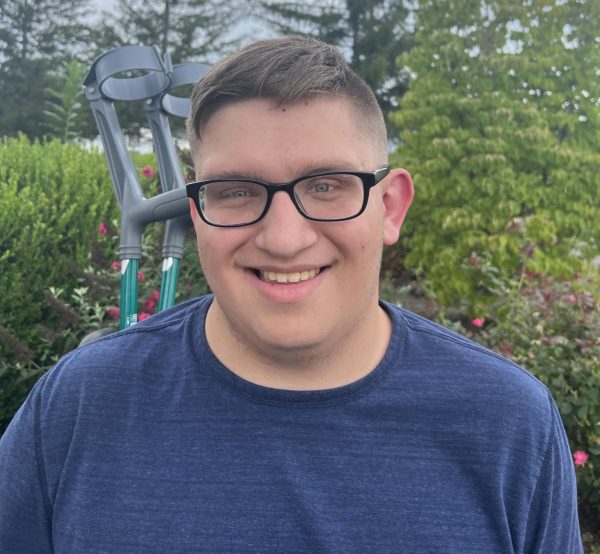Wheelchair accessibility is still a huge problem, but many places are just sweeping it under the rug, saying they’ll deal with it later on. Some of the main issues wheelchair users deal with on a daily basis are stairs, no handicap parking, and non-accessible rooms/spaces.
According to Pew Research Center, about 13% of Americans have some sort of disability. 13% is a pretty sizable chunk of the population, so why does the US still have so many issues with accessibility?
Personally, I’ve encountered many accessibility issues here at GEHS, as well as different places around our community. One of the main issues I’ve had at East is the restrooms. My wheelchair is too big to fit through the doors to the restroom, forcing me to get out of my chair and walk in. I can do this because I can still walk, but there may be students who come here in the future for whom walking is not an option. That means they would have to go across the whole school to the accessible restrooms, which isn’t fair to them at at all.
When I visited Concord University in 2023 most of the elevators were out of order, leaving me to go around the very hilly campus just to join my tour-mates. I talked with someone who visits Concord regularly, and they informed me this is a normal occurrence. This could be very unsafe during the winter season, as ice, steep hills, and wheelchairs don’t work well together.
Last summer I went on vacation to Myrtle Beach, South Carolina. I looked up accessible restaurants near our location, and my dad and I chose a close option. When we arrived, we were greeted with a large staircase, and no ramp to access the inside of the restaurant at all. What really bothered me was the fact it was labeled as “wheelchair accessible” on the store’s page.
Senior Leighlyn Trainer said, “As someone who has done a lot of traveling and a variety of activities, wheelchair accessibility has been an issue for many years, especially here in the rural area of West Virginia. Accessibility has been a struggle based on locations, terrain, and the way a person may regard the wheelchair users,’” she added. “Many disregard the needs of someone who is disabled or possibly hurt or recovering from injury or surgery.
Handicap parking is also a major issue, not just in West Virginia, but all over the country. “Sometimes a vehicle may park too close, or crooked,” Trainer said, “not allowing the wheelchair to get to the passenger in need of using it. Most of the time [restaurants] have handicapped parking and a ramp to access the facility, and even a wide door so the wheelchair can get though, but sometimes the setup on the inside is too complex for a wheelchair user. Chairs and tables may be too close to one another, or the available dining area may be in a room that drops off by a step.”
Trainer noted that many businesses are starting to make improvements like pouring concrete for ramps, or even hosting events at more accessible establishments. Ramps, wider doors, and leveling ground all make wheelchair users feel more comfortable, as well as more accepted.













